
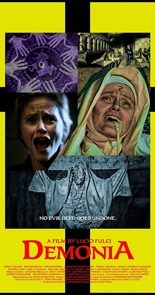 Rumored to participate in murderous orgies — and, thus, under suspicion of satanic possession — five nuns are literally crucified by God-fearing town residents in 15th-century Sicily. Meanwhile, in Toronto — oh, and 500 years later — archaeology student Liza (Meg Register, Boxing Helena) makes contact with their souls during a séance, conveniently before she’s about to travel to Sicily with her professor (Brett Halsey, Return of the Fly) to excavate some ruins.
Rumored to participate in murderous orgies — and, thus, under suspicion of satanic possession — five nuns are literally crucified by God-fearing town residents in 15th-century Sicily. Meanwhile, in Toronto — oh, and 500 years later — archaeology student Liza (Meg Register, Boxing Helena) makes contact with their souls during a séance, conveniently before she’s about to travel to Sicily with her professor (Brett Halsey, Return of the Fly) to excavate some ruins.
Once there, Liza expresses her desire to check out what remains of the nunnery, to which the prof replies, “We’re archaeologists, not morticians!” (With Demonia being a Lucio Fulci film, however, characters might have to be both.) The locals are not of the Welcome Wagon variety. And neither are the nuns’ vengeful spirits, as one poor fellow (Fulci regular Al Cliver, The House of Clocks) finds out aboard a boat named the SS Perversion (seriously) when he’s harpooned by a headless, topless ghost.
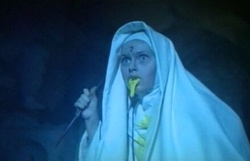 Other unfortunate demises hot off the menu in Demonia include a woman killed by her own cats, who tug at her eyeballs like they were orbs of yarn; a man attacked by a slab of meat, which repeatedly slams him against a wall like a rolling pin to Play-Doh; another man tied to trees that rip him in half, from crotch to crown, as his son watches in terror; and one flame-broiled baby.
Other unfortunate demises hot off the menu in Demonia include a woman killed by her own cats, who tug at her eyeballs like they were orbs of yarn; a man attacked by a slab of meat, which repeatedly slams him against a wall like a rolling pin to Play-Doh; another man tied to trees that rip him in half, from crotch to crown, as his son watches in terror; and one flame-broiled baby.
These are the wicked, wicked ways of the Italian gore godfather in his contribution to the world of nunsploitation; this being his lone work in that subgenre, he sure as hell leans in — sometimes even literally, pushing the camera forward with each swing of a sledgehammer or assault by beef. Part of the fun of watching a movie by Fulci is seeing how far he’ll go; only in the depiction of the infant’s death does Fulci show any restraint, focusing on the tot’s teeny-weeny hand as the casually discarded bundle of joy burns like trash on a farm. By contrast, the guy pulled apart like human Laffy Taffy is shown in daylight, out in the open, in a wide shot; at no point does it look real, but that’s hardly the point.
Demonia offers the Fulci faithful more than enough gore to have them foam at the mouths, preferably not as colorfully as the yellow bile oozing from the ghost nuns’ collective cakeholes in the abrupt final scene of utter WTF-ery. —Rod Lott


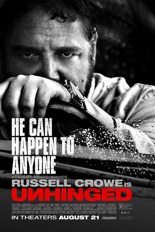 After everything from 1992’s
After everything from 1992’s  Directed with too loose of a grip on the part of Derrick Borte (
Directed with too loose of a grip on the part of Derrick Borte (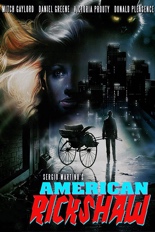
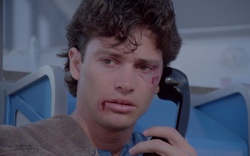


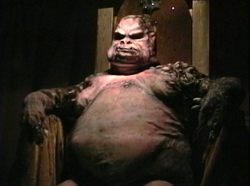

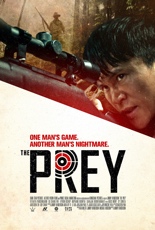 To my knowledge,
To my knowledge,  Putting Xin through his paces from behind the camera is director and co-writer Jimmy Henderson (
Putting Xin through his paces from behind the camera is director and co-writer Jimmy Henderson (